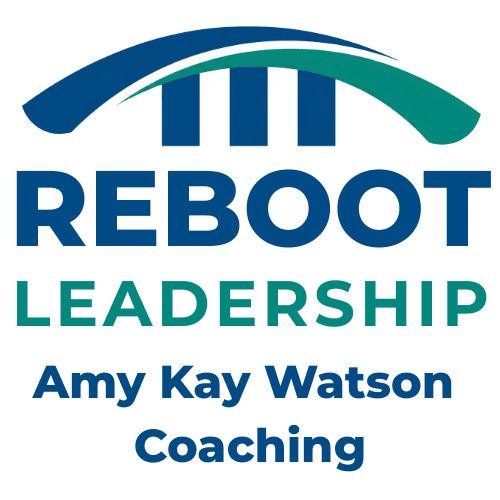“I was not expecting to enjoy the retreats, but I am grateful for the whole experience. It’s made me grow as a person in ways I had never experienced before.”
– Kathy Rausch, author and illustrator of “Activate Divine Creativity, The Life-Changing Magic of the Mandala” (Team Member)
The Shift Teams Don’t See Coming
When I first walk into a team coaching session, I never know exactly what I’ll find. Sometimes it’s quiet resistance—arms folded, eyes averted. Sometimes it’s polite compliance. Rarely is it open trust. But after years of doing this work, I’ve learned that what matters isn’t how the meeting starts. It’s the turning point that always comes when people begin to connect.
I remember one group where the silence was heavy in the room. No one wanted to admit the frustration they carried about late projects and unclear roles. Then someone finally said, “I’m tired of pretending everything is fine.” Heads lifted. The conversation cracked open. That was the start of change.
What Team Coaching Includes
I design team coaching to help leaders move their groups from frustration to alignment. The program combines training and coaching, giving teams both the structure and the space they need to grow.
Here’s what it typically includes:
- Discovery interviews and team assessment
- A kick-off session to set direction
- Training on communication, accountability, and collaboration
- Ongoing team coaching sessions
- Leader check-ins for alignment and support
- A closing session to capture progress and next steps
The Timeline
The process usually unfolds over 3–6 months:
- Discovery – Conversations with leaders and team members.
- Kickoff – Building trust and setting goals together.
- Training + Coaching – Alternating sessions to build skills and apply them in real time.
- Leader Support – Private coaching to help leaders reinforce change.
- Closing + Planning – Documenting wins and preparing for what’s next.

Why Pair Training with Coaching
I’ve had managers tell me that workshops alone “felt good in the moment” but didn’t stick. Coaching changes that. One participant put it this way: “The workshop helped me see the problem. The coaching sessions helped me actually solve it with my team.”
Training gives teams tools. Coaching ensures those tools get used, adjusted, and embedded into daily work. Together, they create lasting change.
The Benefits
- Clarity on roles, expectations, and goals
- More trust and less conflict
- Stronger communication across the team
- Accountability that doesn’t feel like micromanagement
- Leaders who feel supported, not isolated
I’ve seen the results firsthand. Teams leave with measurable improvements in performance—and a renewed sense of connection.
Getting Started
If your team is feeling the weight of unclear direction, strained communication, or stalled performance, team coaching can help. Let’s talk about what’s possible.
Check out this quote from previous participant Dana Horton:
“I have never been a fan of group leadership training sessions, but I have to say that Amy did an outstanding job of setting up meaningful dialogue and providing a lot of useful information. I can use the take-aways from our training in my leadership positions at work, at my volunteer activities, and even at home!” READ MORE TESTIMONIALS!


Pingback: Falling Down The Emotional Bottomless Hole – Career Leadership